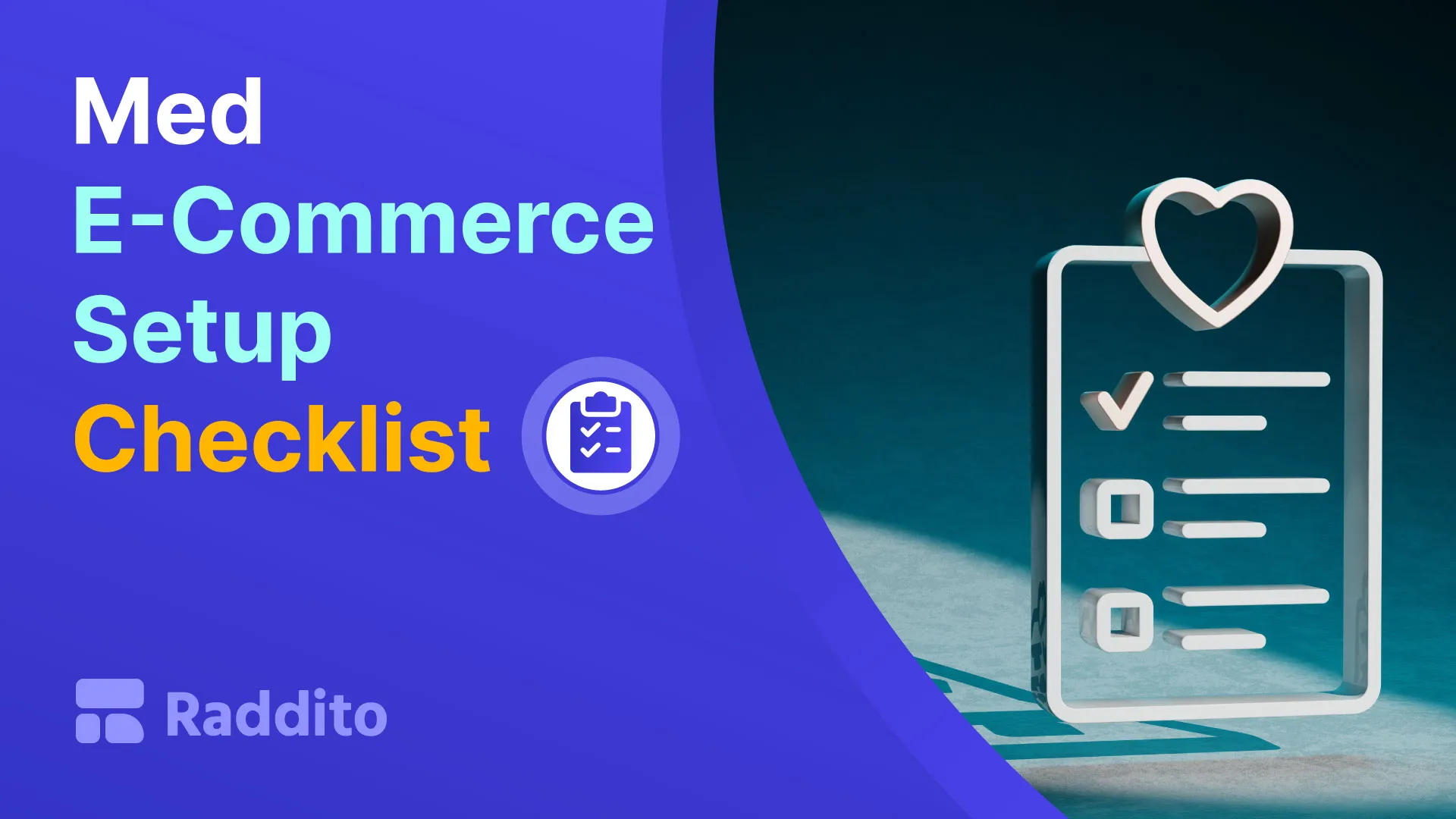First of all: If you’re launching (or revamping) a medical e-commerce store, you’re entering a high-stakes, high-reward arena. The global healthcare e-commerce market is projected to hit $1.2 trillion by 2030, but here’s the catch: mediocrity won’t cut it. From compliance nightmares to clunky user experiences, even small missteps can sink your business before it starts. The good news? With a strategic medical e-commerce store setup, you can sidestep pitfalls and build a trusted, profitable platform.
I’ve spent over a decade helping healthcare brands navigate this complex terrain, and I’ve distilled the process into a no-nonsense checklist. Whether you’re selling durable medical equipment, supplements, or telehealth services, this guide will ensure your store is secure, user-friendly, and compliant—while driving conversions.
Why a Flawless Medical E-Commerce Store Setup Matters More Than Ever
Healthcare consumers aren’t just shopping—they’re seeking solutions they can trust. A poorly designed store doesn’t just hurt sales; it risks your reputation. Consider these stats:
- 73% of patients say online experience impacts their trust in a healthcare provider.
- 68% abandon carts due to privacy concerns.
- Non-compliant stores face fines up to $50,000 per HIPAA violation.
Your medical e-commerce store setup isn’t just about aesthetics. It’s about blending legal rigor with customer empathy. Let’s break down how to do both.
Your Step-by-Step Medical E-Commerce Store Setup Checklist
1. Nail Legal Compliance from Day One
Healthcare isn’t Amazon. Before designing a single page, ensure your store meets:
- HIPAA (if handling PHI like prescriptions or patient data)
- FDA regulations for medical devices or supplements
- GDPR/CCPA for data privacy
- PCI-DSS for payment security
Pro Tip: Work with a legal consultant to audit your product listings, data storage, and checkout processes. Missing a compliance checkbox could mean lawsuits or shutdowns.
2. Choose the Right E-Commerce Platform
Not all platforms are built for healthcare. Avoid generic solutions and opt for:
- HIPAA-compliant hosts like Shopify Plus (with BAA) or WooCommerce + AWS
- Built-in SSL certificates and encrypted databases
- Scalability for inventory (e.g., medical supplies with expiration dates)
Avoid: Platforms that can’t integrate with EHR systems or telehealth tools if you’re offering hybrid services.
3. Design for Trust and Accessibility
Your store’s UX must scream “professional” and “secure”:
- Use clean, ADA-compliant layouts with high contrast and alt text
- Display trust badges (HIPAA-compliant, verified reviews, SSL seals)
- Add a live chat staffed by medical professionals (not bots)
Example: MedMart reduced cart abandonment by 40% by adding a “Ask Our Pharmacist” button during checkout.
4. Optimize Product Listings for Medical Buyers
Healthcare shoppers crave details. For each product:
- Highlight FDA clearance status or clinical study results
- Specify insurance compatibility (e.g., “FSA/HSA eligible”)
- Use medical-grade images with zoom functionality
Warning: Avoid vague claims like “boosts immunity.” Use evidence-based language to avoid FTC scrutiny.
5. Streamline Prescription Workflows (If Applicable)
Selling Rx items? Simplify verification:
- Integrate with e-prescription APIs like Surescripts
- Offer auto-refills with physician approval
- Use two-factor authentication for patient accounts
6. Fortify Payment and Shipping
Medical purchases are often urgent. Ensure:
- Multiple insured shipping options (e.g., overnight, temperature-controlled)
- Transparent return policies for defective DME (durable medical equipment)
- Recurring payment options for chronic condition supplies
7. Master Medical SEO and Content Marketing
Ranking for terms like “buy CPAP machine online” requires:
- Blogs/videos explaining product use (e.g., “How to Fit a Knee Brace”)
- SEO-optimized product descriptions with long-tail keywords
- Guest posts on health forums or partnerships with telehealth providers
Proven Strategy: HealthWare increased organic traffic by 200% by publishing physician-reviewed buying guides.
8. Prep for Post-Launch Challenges
Even flawless setups need monitoring. Schedule:
- Monthly compliance audits
- A/B testing for landing pages
- Staff training on handling sensitive patient inquiries
Still Overwhelmed? Let’s Talk About Your Medical E-Commerce Store Setup
Look, I get it—this checklist is intense. Between compliance labyrinths and tech integrations, launching a medical store feels like performing surgery blindfolded. But here’s the secret: You don’t have to DIY this.
My team specializes in turnkey medical e-commerce store setups that handle:
- Platform customization for HIPAA/FDA needs
- Secure payment gateway configurations
- Patient education content creation
→ Schedule a free 30-minute consult to discuss your project. We’ll identify gaps in your current plan and share actionable fixes—no strings attached.
Final Thought: Your Store Could Save Lives—Build It Right
A well-executed medical e-commerce store setup does more than drive revenue. It connects patients to vital products, builds trust in digital health, and elevates your brand as a leader. Skip the shortcuts, follow this checklist, and when in doubt, ask for help.
Ready to launch with confidence?
- Live chat with our experts now
- Email us: support@raddito.com
- Or claim your free compliance audit here → Book Your Slot
Your patients (and your bottom line) will thank you.
